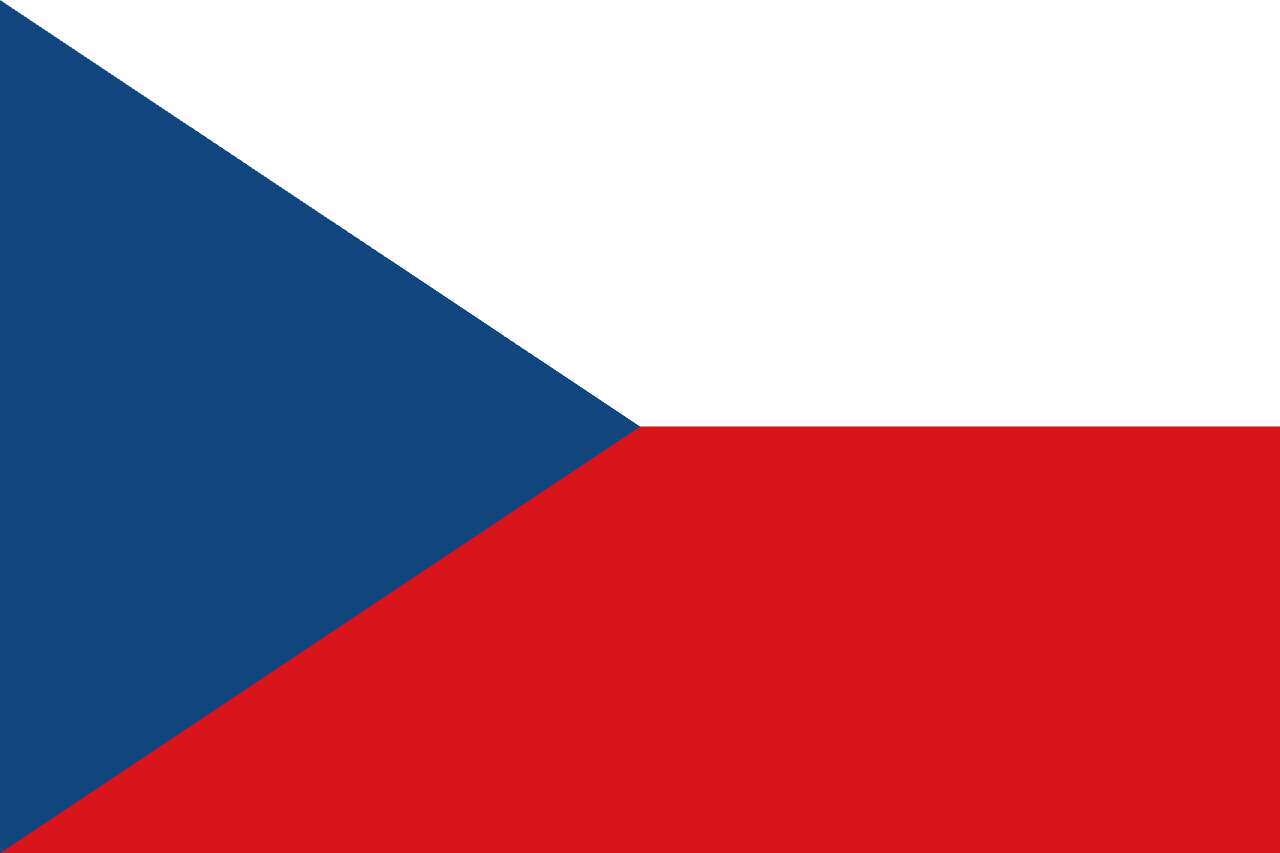Poland Flag Meaning
A simple bicolor of white over red, reflecting Poland’s heraldry and national identity. The design is among the simplest yet most recognizable European flags.
- Continent
- Europe
- Adopted
- 1919
- Ratio
- 5:8
- Colors
- white, red
- Designer
- Based on traditional heraldic colors of Poland

Symbolism
White Stripe: Represents purity and peace, drawn from the White Eagle of Poland’s coat of arms.
Red Stripe: Symbolizes courage, valor, and the blood shed for the nation’s independence.
History
- 10th Century: Poland emerged under the Piast dynasty with the White Eagle as its symbol.
- 1795: Poland disappeared from the map after the partitions by Russia, Prussia, and Austria.
- 1918: Poland regained independence after World War I, adopting the current white-red flag in 1919.
- 1939–1945: Poland was occupied by Nazi Germany and the Soviet Union during World War II.
- 1989: Poland transitioned from communism to democracy, keeping the historic flag.
Trivia
- Poland’s flag is often flown with the national coat of arms for official government use.
- It shares its colors with the Czech and Slovak flags due to shared Slavic traditions.
- The flag is celebrated annually on May 2, National Flag Day.
- The white and red are derived directly from Poland’s heraldic shield.
- Despite its simplicity, Poland’s flag is a powerful national and historical symbol.
Related Countries

Czech Republic
Europe
Two horizontal stripes of white over red with a blue triangle extending from the hoist, combining Bohemian colors with Moravian blue, representing the historical lands and democratic ideals of the Czech nation.

Slovakia
Europe
A horizontal tricolor of white, blue, and red with the Slovak coat of arms placed toward the hoist. The coat of arms features a double silver cross rising from three blue hills, symbolizing Christianity and Slovakia’s mountainous landscape.

Lithuania
Europe
Three horizontal stripes of yellow, green, and red representing the golden wheat fields, green forests, and blood shed for independence of this Baltic nation that led the peaceful dissolution of the Soviet Union.

Hungary
Europe
Three horizontal stripes of red, white, and green representing strength, faithfulness, and hope, with colors rooted in medieval Hungarian heraldry and the struggle for independence from foreign rule.

Austria
Europe
Three horizontal stripes of red, white, and red, representing one of the world's oldest national flag designs, allegedly inspired by Duke Leopold V's blood-stained white surcoat after the Battle of Acre in 1191, and symbolizing the courage, honesty, and strength of the Austrian people.

Germany
Europe
Three horizontal stripes of black, red, and gold representing the democratic traditions of Germany, with colors rooted in the 19th-century liberal movement and symbolizing unity, justice, and freedom in the modern Federal Republic.